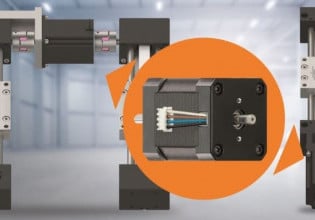R
Hi:
I need to measure the viscosity on-line of a ore slurry with gold, silver, cyanide, lime. I don't know if there is some viscometer that can do this. Every equipment i look at the internet always speak abut fuel, oil, or something like that. Can anyone help me?
I've seen some that use a vibrating technology... how it works?
thanks in advance
PD I'm Electronics Engineer with specialty on Automation
I need to measure the viscosity on-line of a ore slurry with gold, silver, cyanide, lime. I don't know if there is some viscometer that can do this. Every equipment i look at the internet always speak abut fuel, oil, or something like that. Can anyone help me?
I've seen some that use a vibrating technology... how it works?
thanks in advance
PD I'm Electronics Engineer with specialty on Automation






